VR Walkthrough
This HWVR exhibition features the late post-war American artist David Smith, including six virtual museum loans alongside significant works spanning from 1958 until 1964. ‘David Smith. Sprays’ is a journey throughout this pioneering body of work, curated by the artist’s daughters and co-presidents of the David Smith Estate, Candida and Rebecca Smith, and Dr. Jennifer Field, Executive Director of the David Smith Estate.
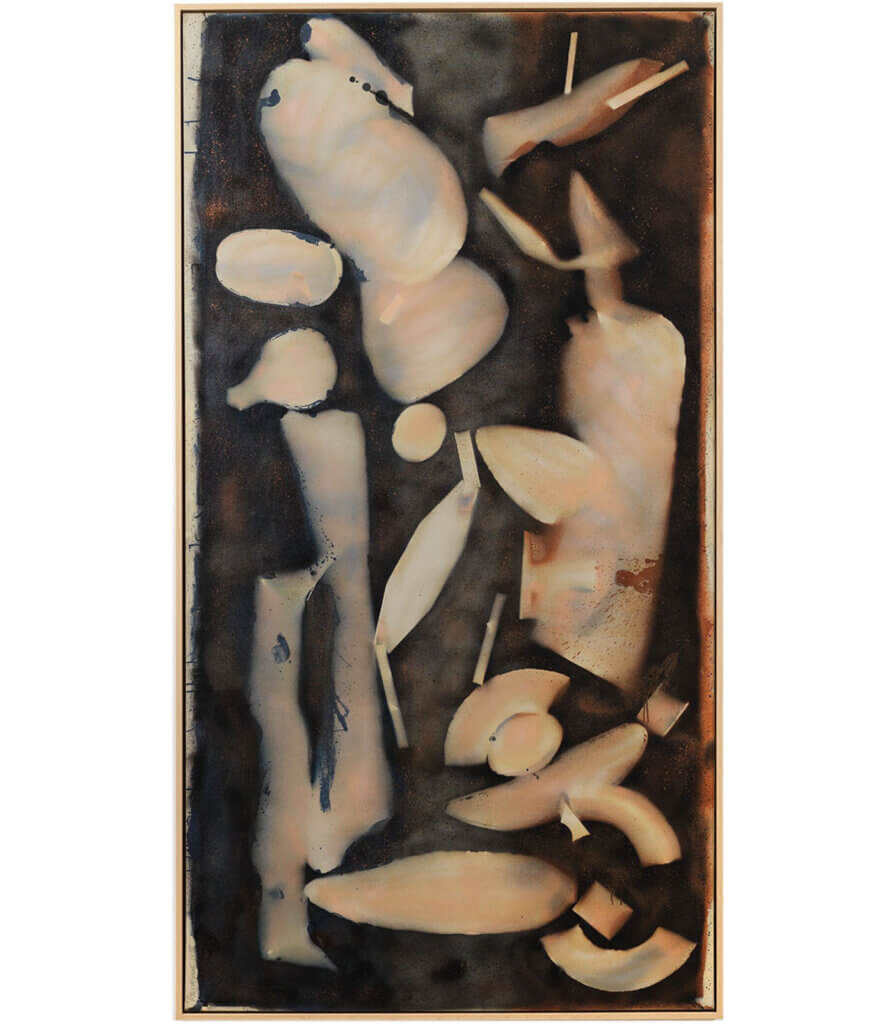
First Ovals
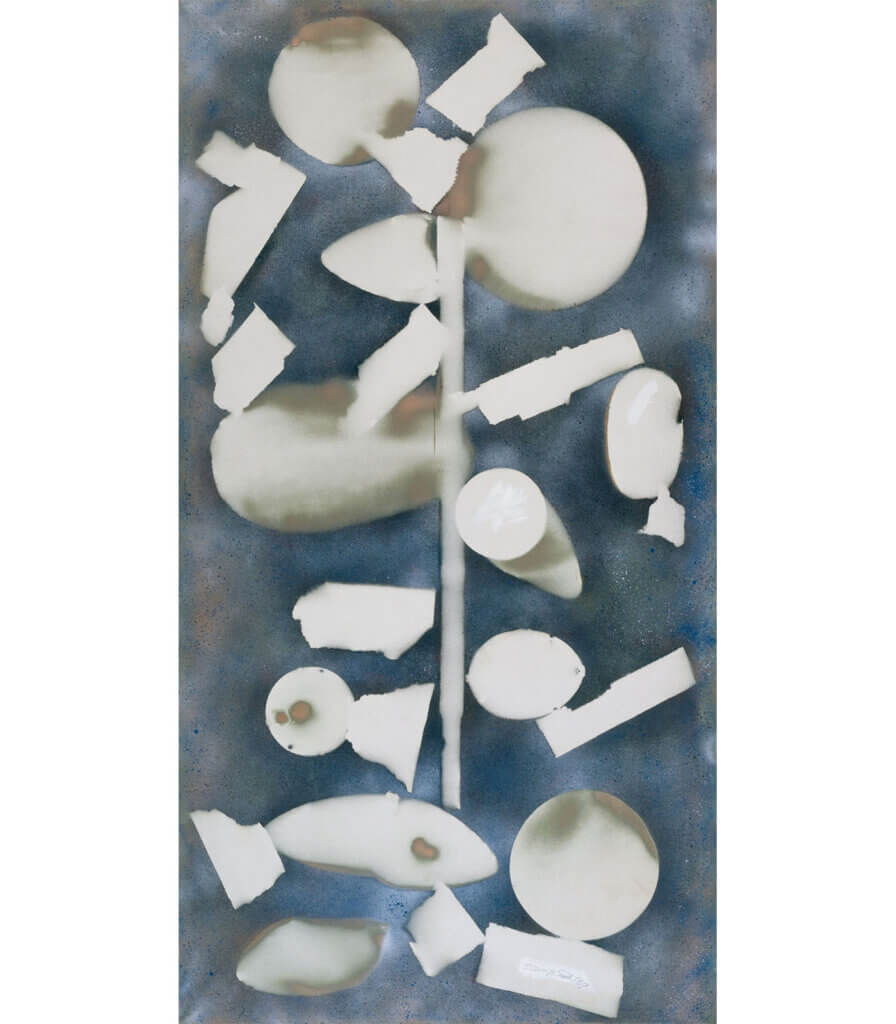
Circle and Parts on Central Column
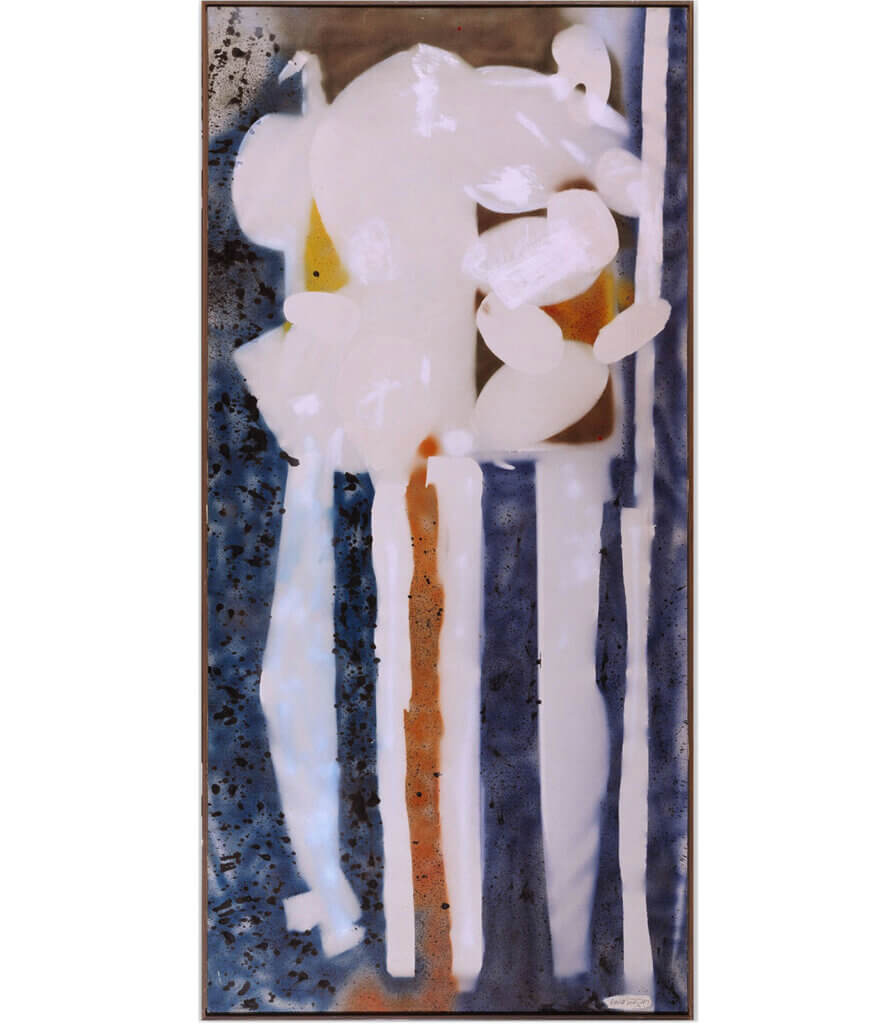
Ovals on Stilts
Candida Smith on the Sprays
Daughter of the artist and co-president of The Estate of David Smith, Candida Smith remembers, ‘The way he would grab things and use it in a spray drawing was very improvisational, and to a child’s eyes, improvisation is the same thing as play… The Sprays were part of our lives just like the rest of my father’s artwork. It was intermingled with everything that we did all day and what he did in the night after we were asleep.’
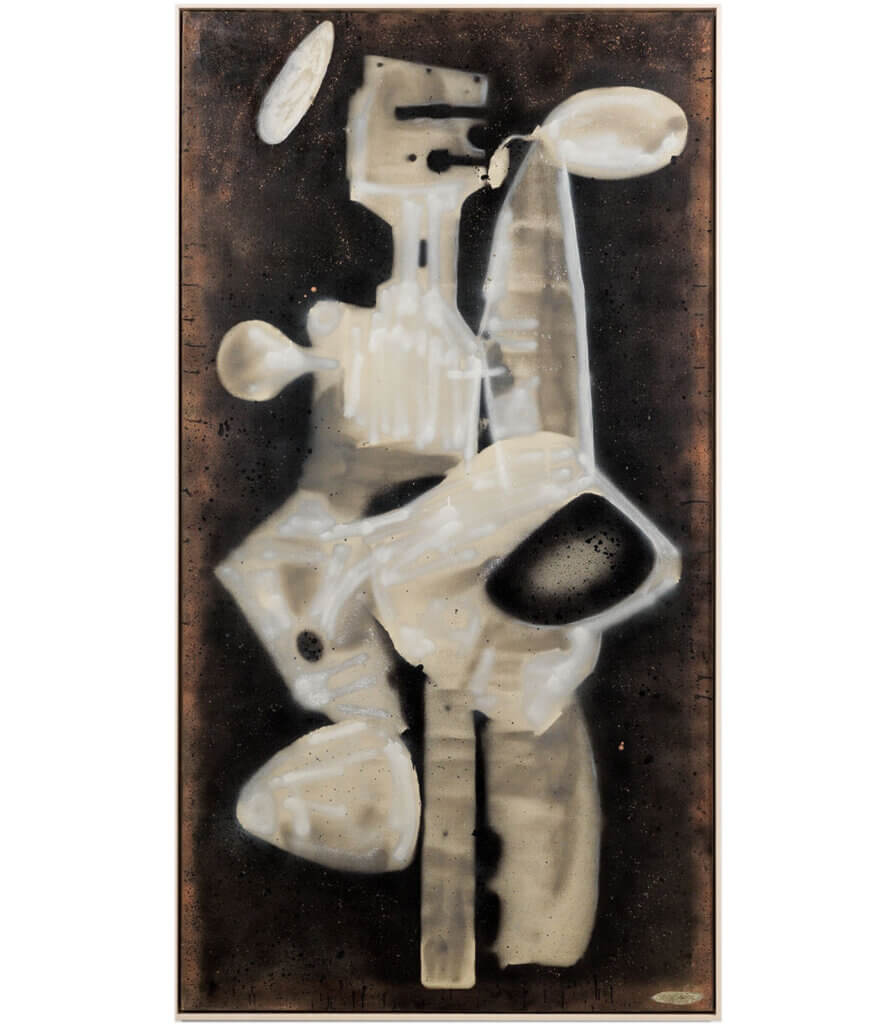
Quixote Don
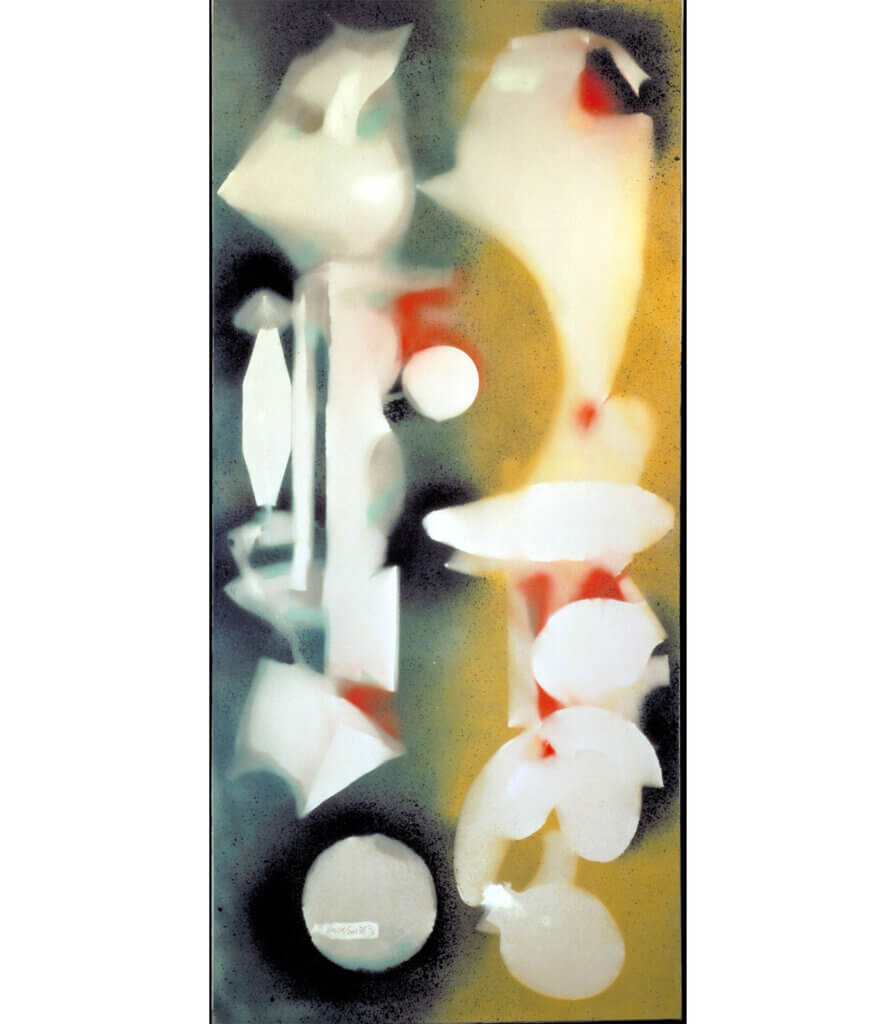
Two Circles on Yellow and Green
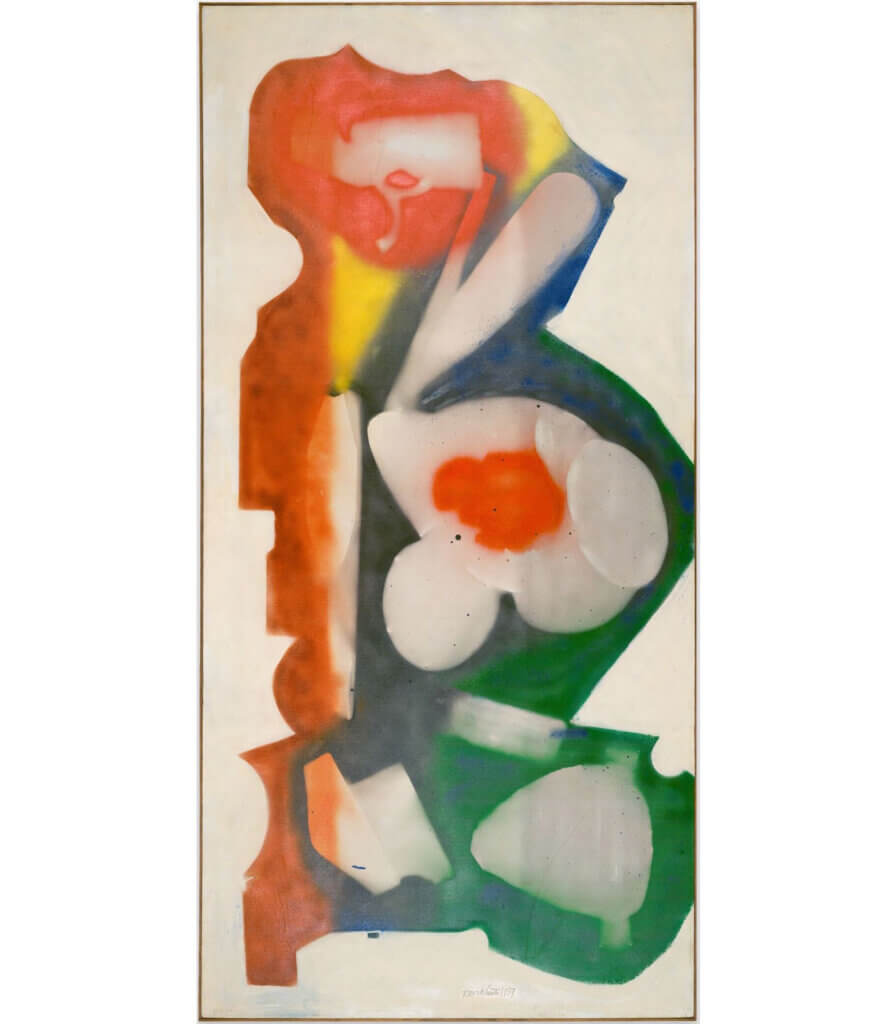
Red Heart
When creating a sculpture, Smith would often place components of the work in progress on white-washed areas of his shop floor, before joining them together. The welding scorched the floor, leaving ‘ghost’ images of the sculpture. Inspired by these incidental patterns, Smith began work on the Sprays, employing any material at hand, from machine parts to tree branches, and even leftovers from his table, which he arranged on paper or canvas before spraying over the composition with industrial enamel paint.
When the objects were removed, their silhouettes remained, sometimes with hazy outlines from the diffused paint that seeped beneath the objects’ edges. The Sprays can feature bold forms in complex rhythms against misty backgrounds that have been likened to a celestial expanse. They express the ambiguity between positive and negative space, contrasting layers of effervescent colour with areas of white. Shapes can appear weightless, sometimes clustering together and at other times moving apart amidst the sprayed pigments.
Phyllida Barlow on the Sprays
‘What do these empty spaces become? The fuzz of spray precisely boundaried by its surgical edge – an incision abutting the exposure of blank surfaces, seemingly unfilled. Cezanne’s watercolors reveal similar conflicting realities: raw canvas, raw paper, and sprayed, painted surfaces in competition, but united by athletic accuracy, harmoniously transformed into mass, light, space, terrain, posture; time, speed and action forever trapped’.—Phyllida Barlow, July 2020.
Clare Lilley on the Sprays
Curator and Director of Program at Yorkshire Sculpture Park, Clare Lilley traces Smith’s Sprays from 1957, after car aerosol paint became commercially available. For Lilley, this series holds significance to Smith’s overarching thematic preoccupations, as they relate to the human form, the landscape, and his sculptural practice.
Smith debuted the large-scale Sprays in New York in Fall 1959. Dr. Field writes about the significance of these works: ‘‘The Sprays’ imposing heights align them with the monumental scale that had become a defining characteristic of abstract expressionist and color field painting. The Sprays also connect Smith’s painting practice to a new generation of artists who were engaged with issues having to do with the use of found materials (including mass-produced, or readymade, pigments) and mechanical techniques.’
Dr. Jennifer Field on the Sprays
In the late 1950s, David Smith began laying down large sheets of canvas on his workshop floor, arranging objects on them, spraying enamel paint from aerosol cans on and around the objects, then removing them from the surface, leaving behind silhouettes of varying shapes intertwined with vibrantly colored passages. This technique yielded the dynamic body of work represented in this exhibition. Commonly referred to as ‘Sprays,’ it redefined Smith’s painting practice and helped to revolutionize the very notion of what constituted fine art painting.
Read more +David Smith talks to Frank O’Hara
In this excerpt from ‘David Smith: Sculpting Master of Bolton Landing’, David Smith discusses the role of paint and color in his sculptures with the poet, writer and art critic, Frank O’Hara. The interview was first aired by Channel 13/WNDT-TV, on 11 November 1964 as part of the series ‘Art New York.’
‘My sister and I would hear the particular rattle of his spray cans as he made paintings to jazz records. I see in these works a great sense of what I knew of my father – his love of making and constructing form’.
—Rebecca Smith
Painting and drawing remained integral to Smith’s creative output throughout his career. ‘Drawings,’ he claimed, ‘are studies for sculpture, sometimes what sculpture is, sometimes what sculpture never can be.’ Since David Smith’s tragic death in 1965, he has continued to inspire contemporary artists. The Sprays reflect Smith’s unique ability to convey a deeply humanist vision through an abstract vocabulary.
Installation view, ‘David Smith. Form in Colour’, Hauser & Wirth Zürich, 2016 © The Estate of David Smith
About the artist
One of the foremost artists of the twentieth century and the sculptor most closely linked to the Abstract Expressionist movement, David Smith is known for his use of industrial methods and materials, and the integration of open space into sculpture. Over a 33-year career, Smith greatly expanded the notion of what sculpture could be, questioning its relationship with the space it was created in and its final habitat. Spanning pure abstraction and poetic figuration, Smith’s deeply humanist vision has inspired generations of sculptors for the decades since his death.
Inquire about other available works by David Smith
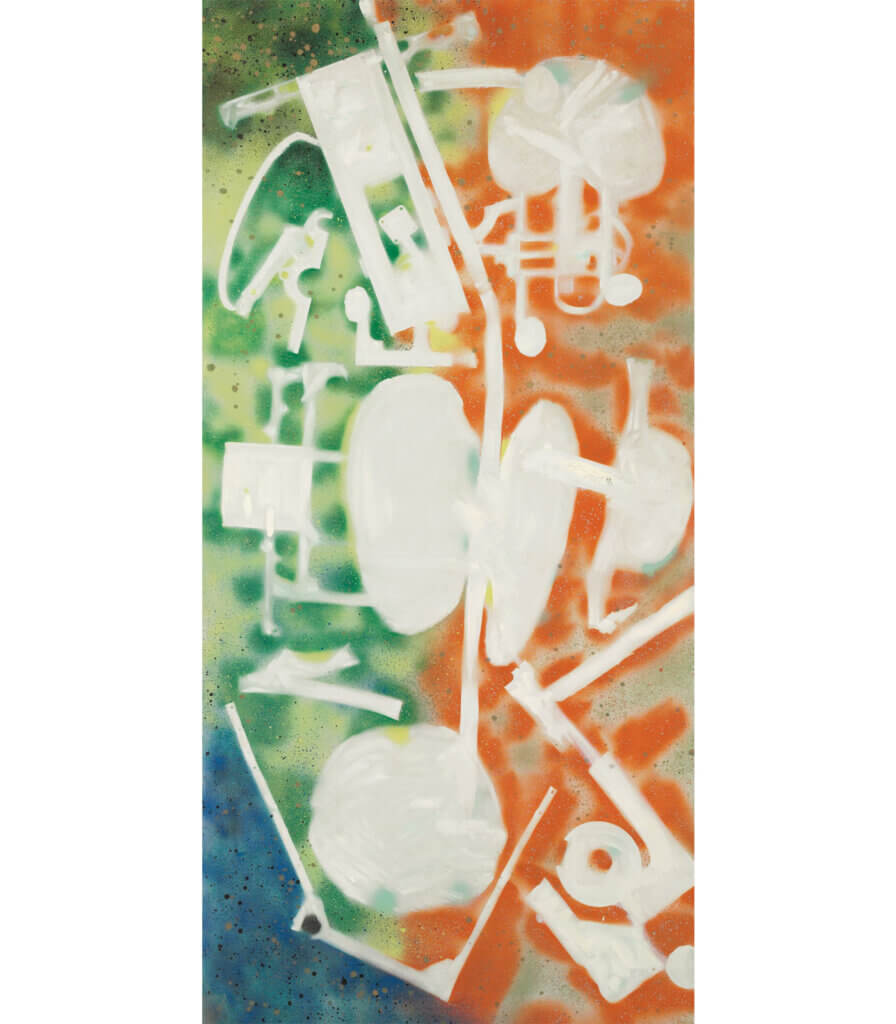
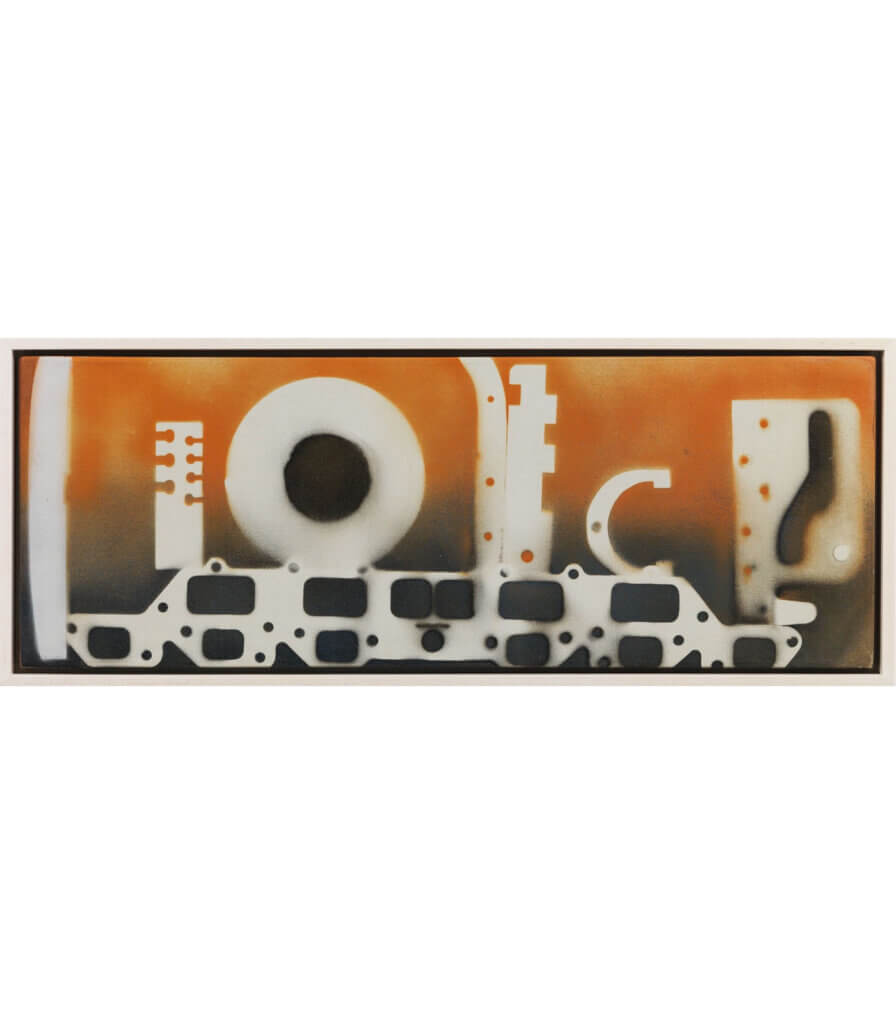
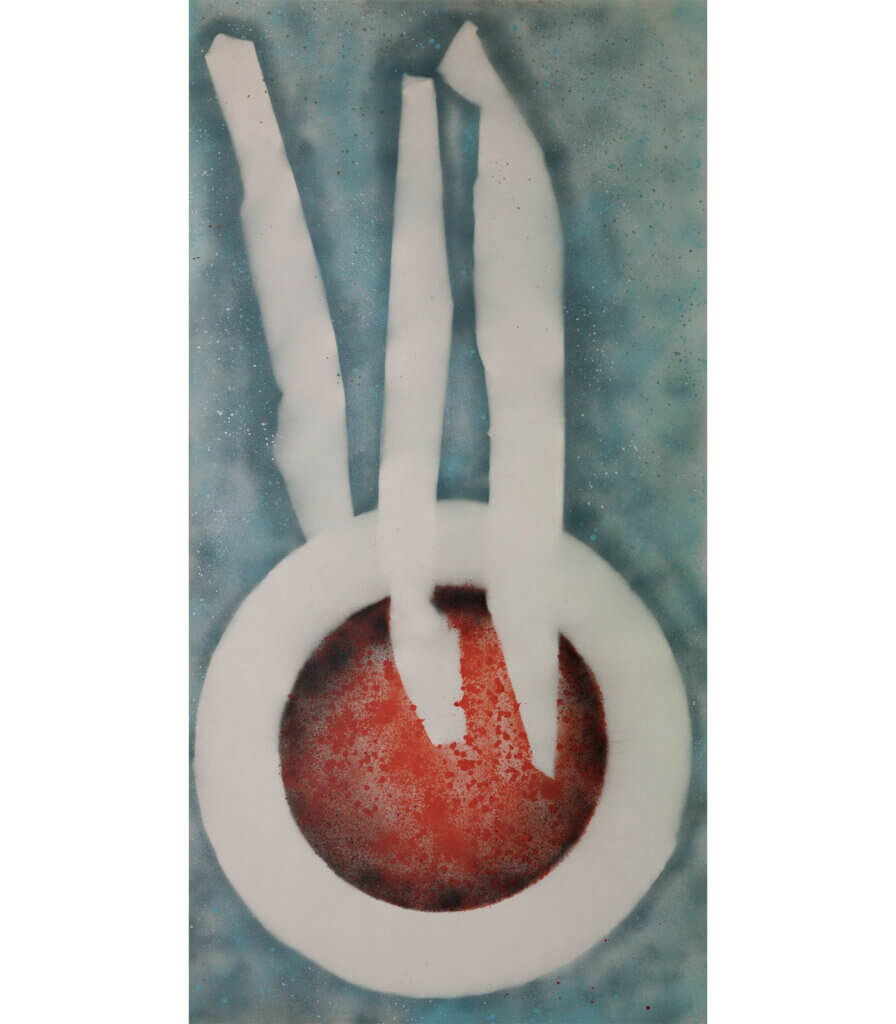
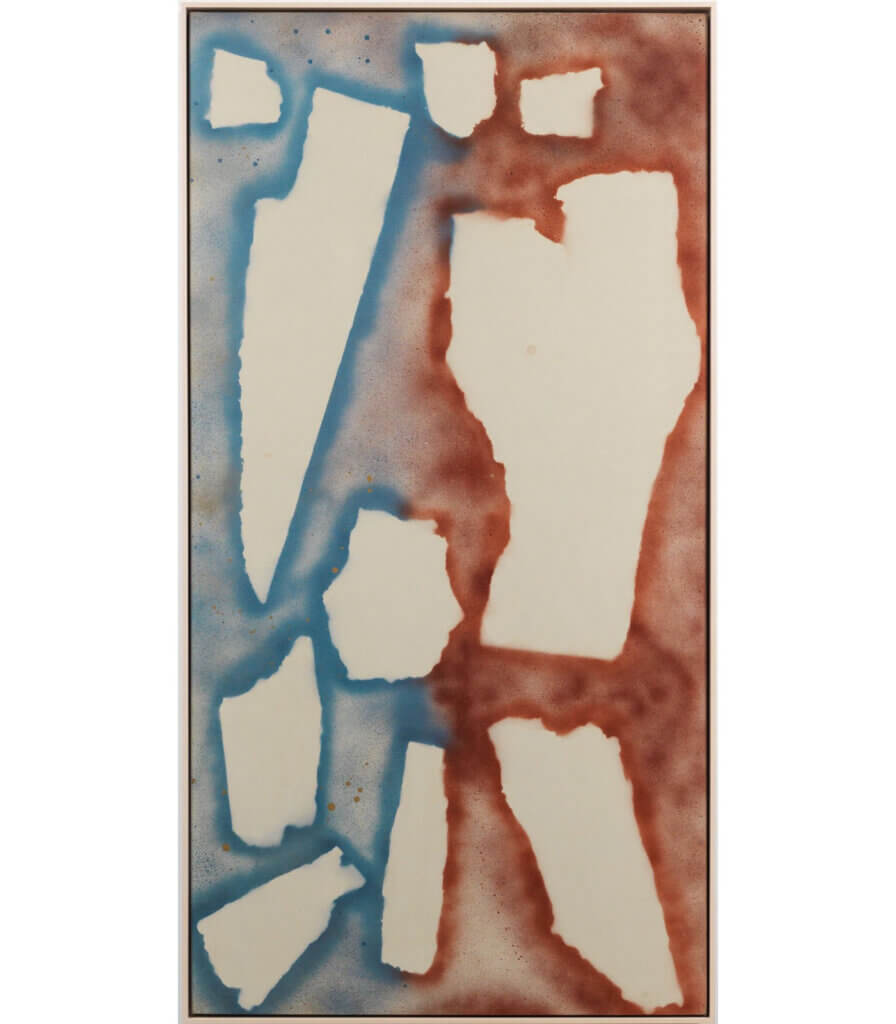
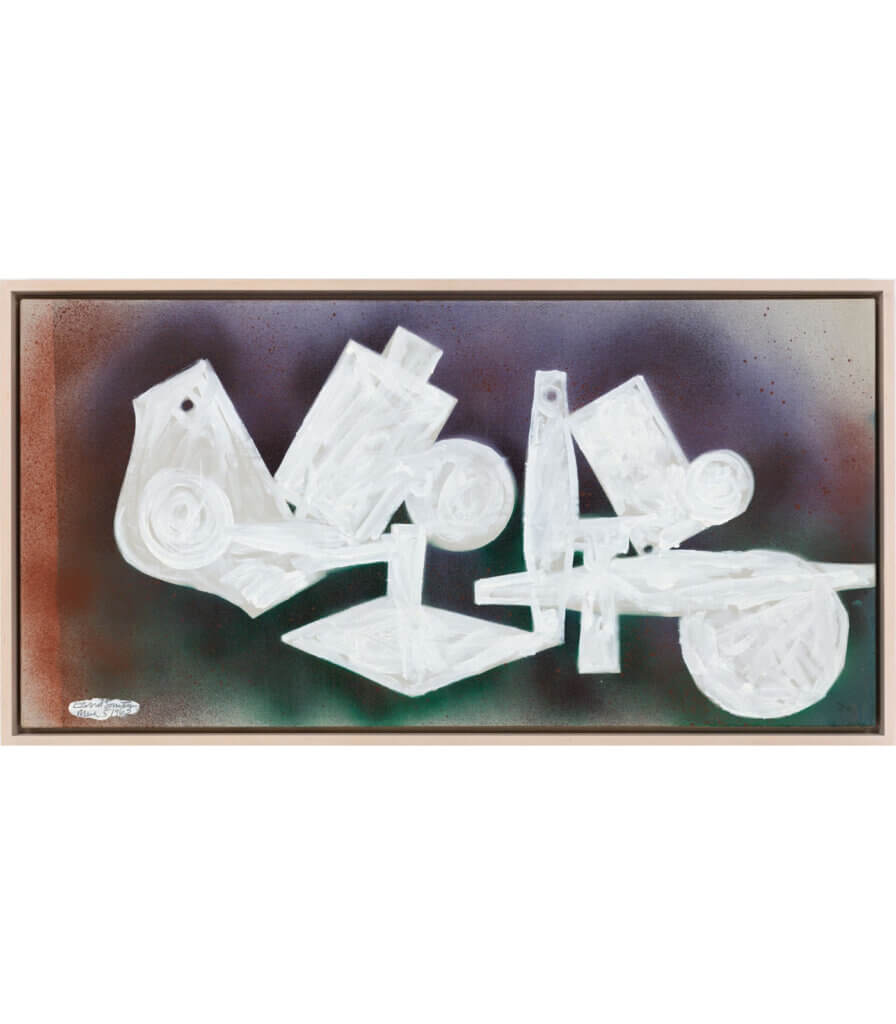
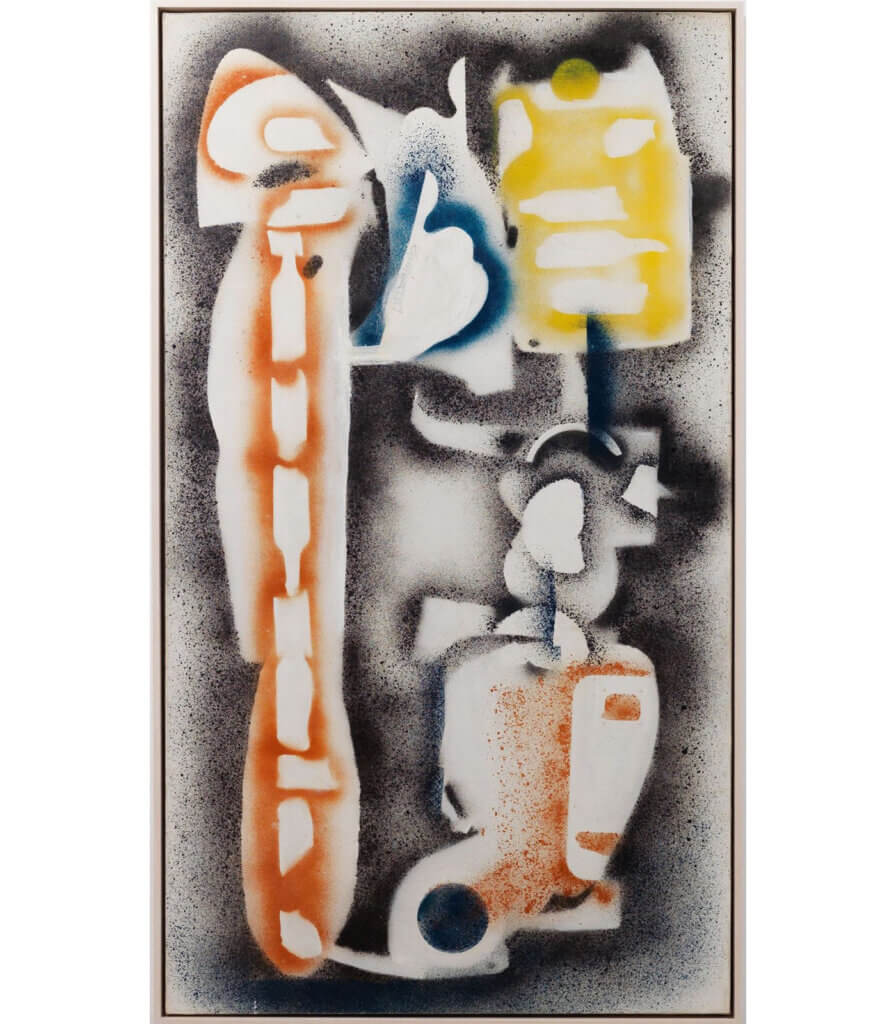
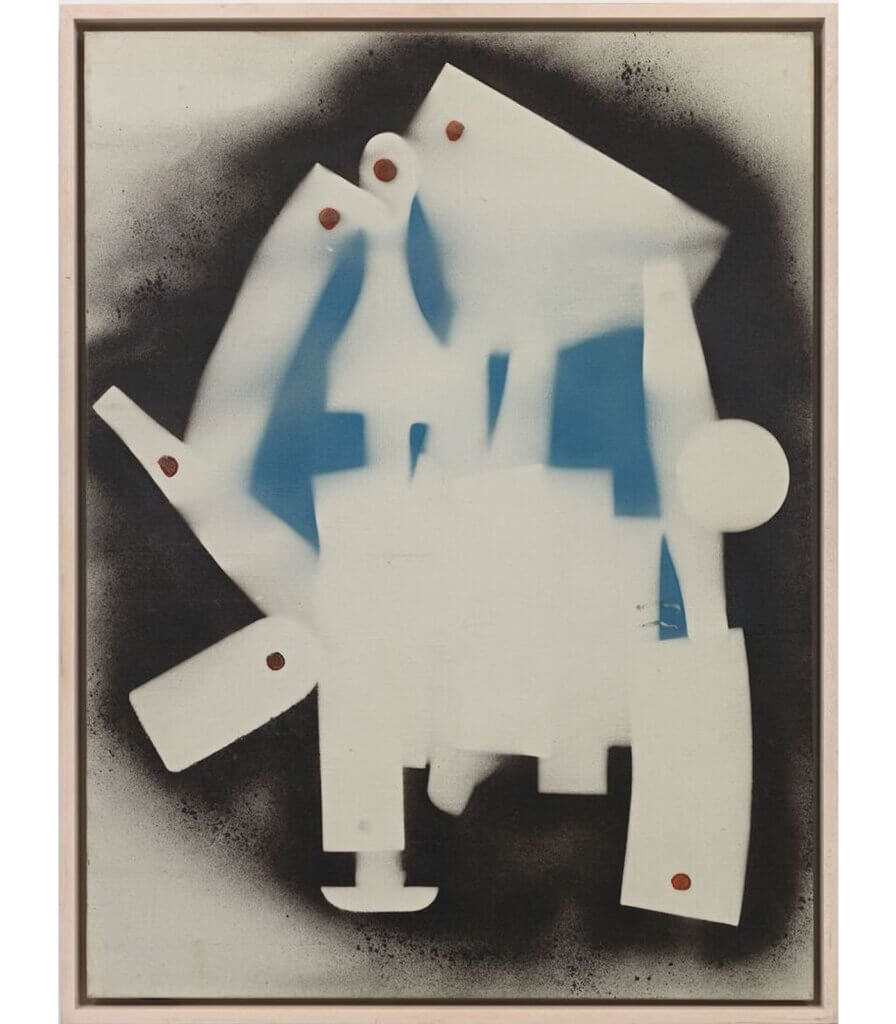
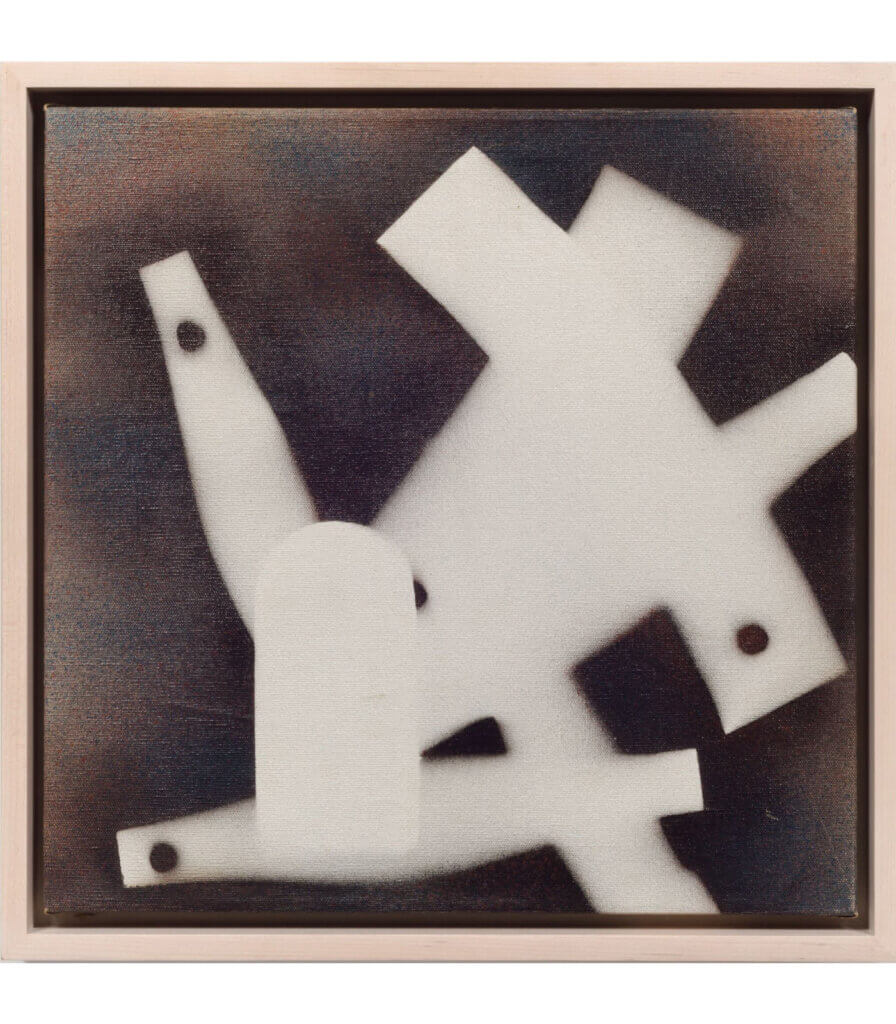
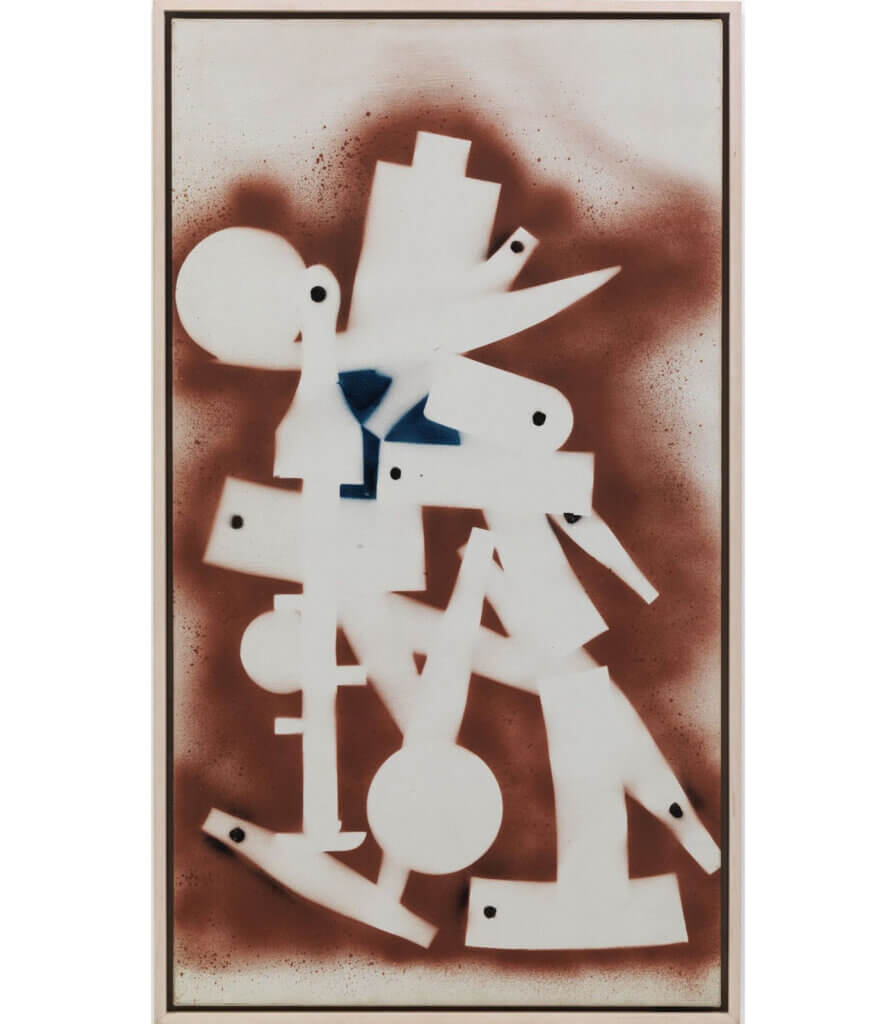
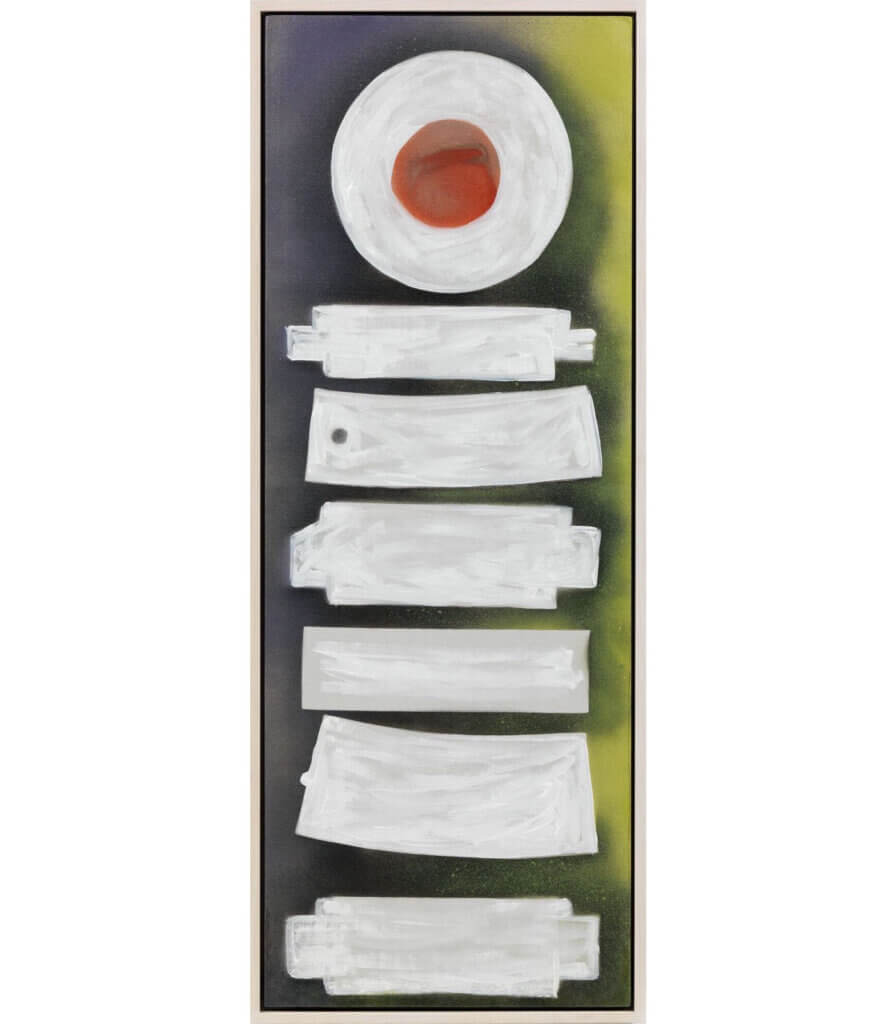
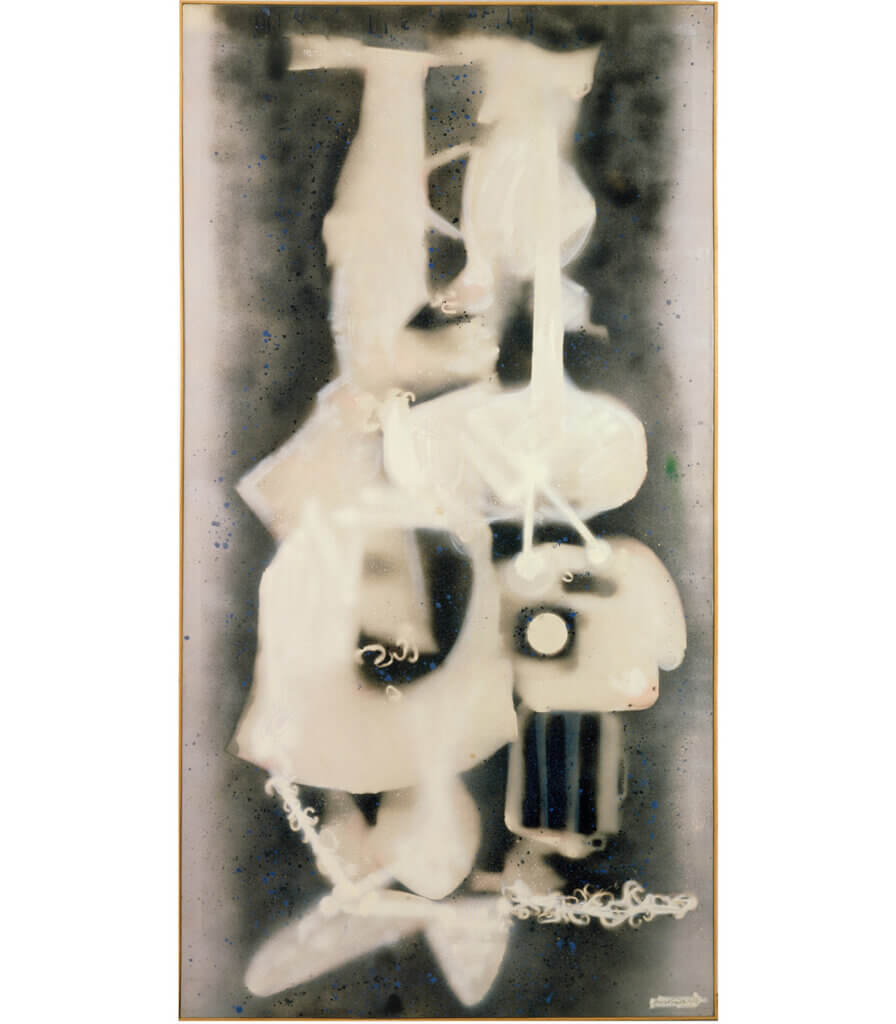
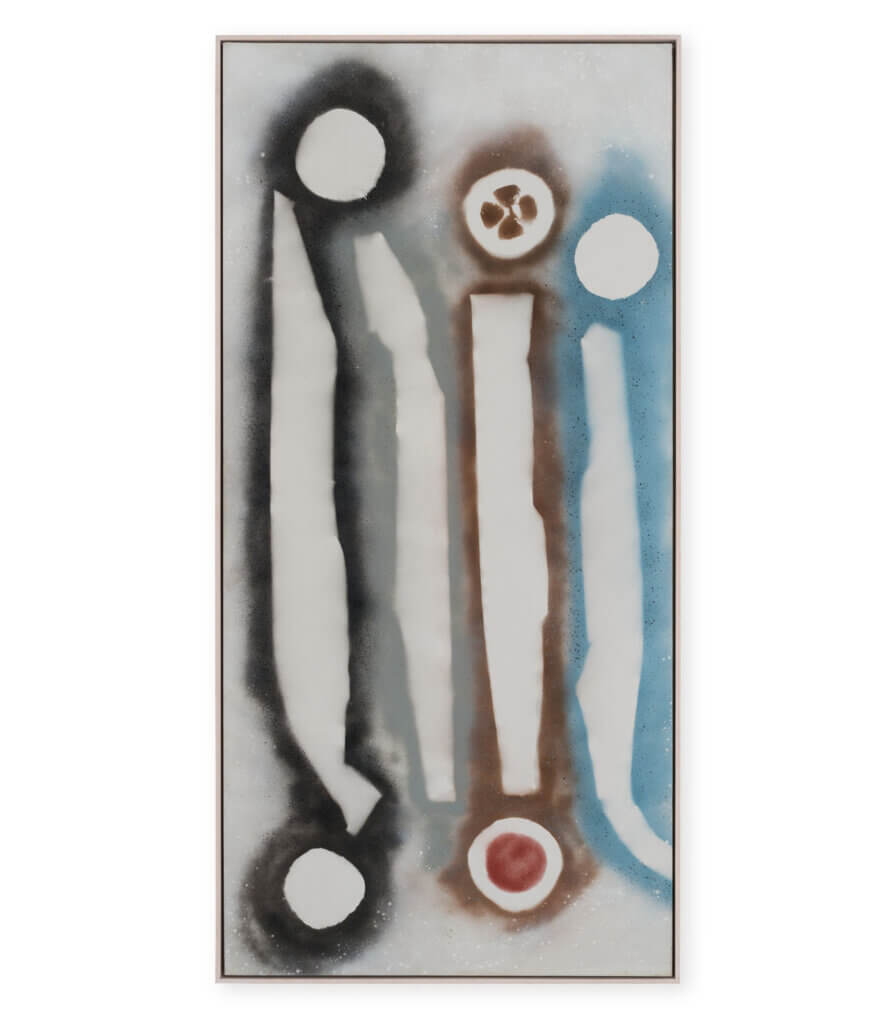
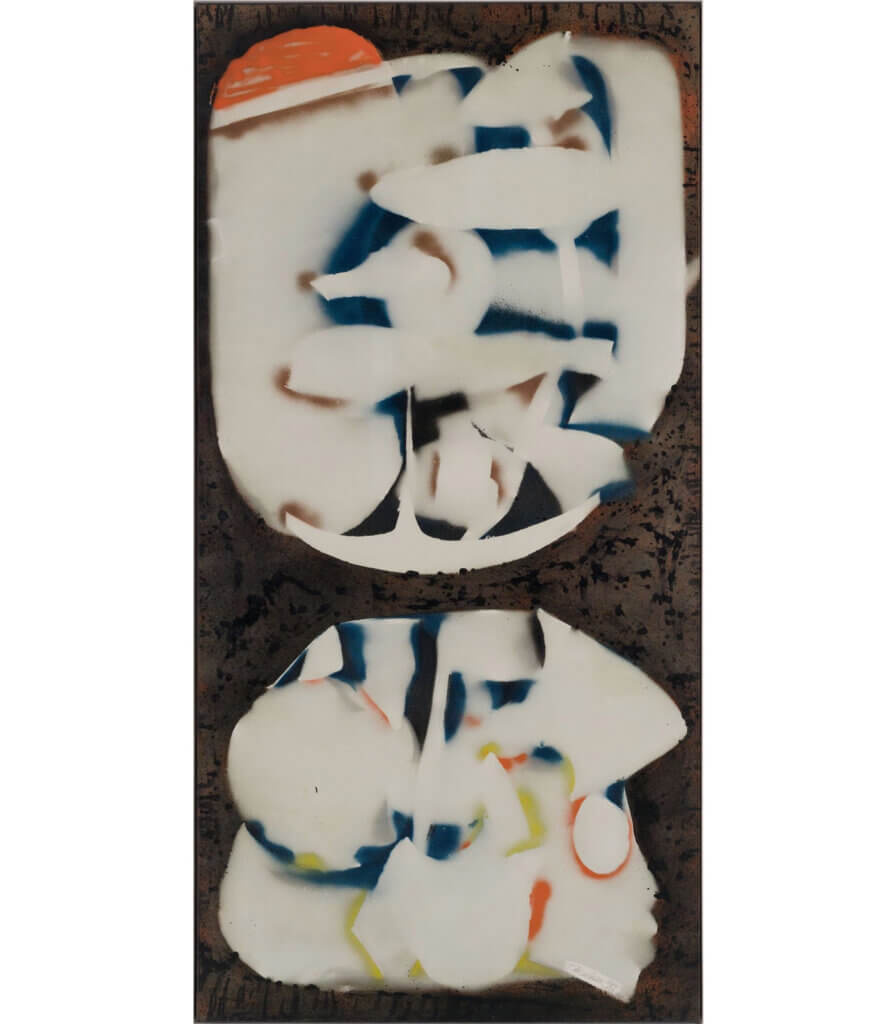
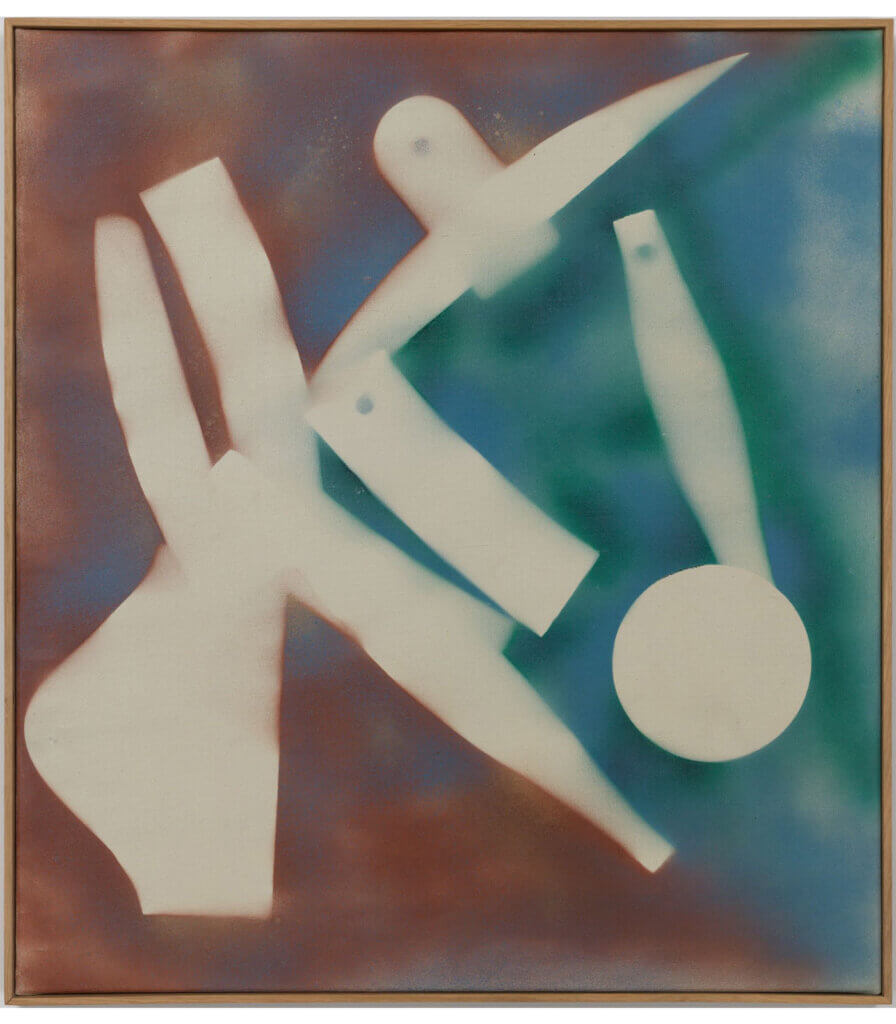
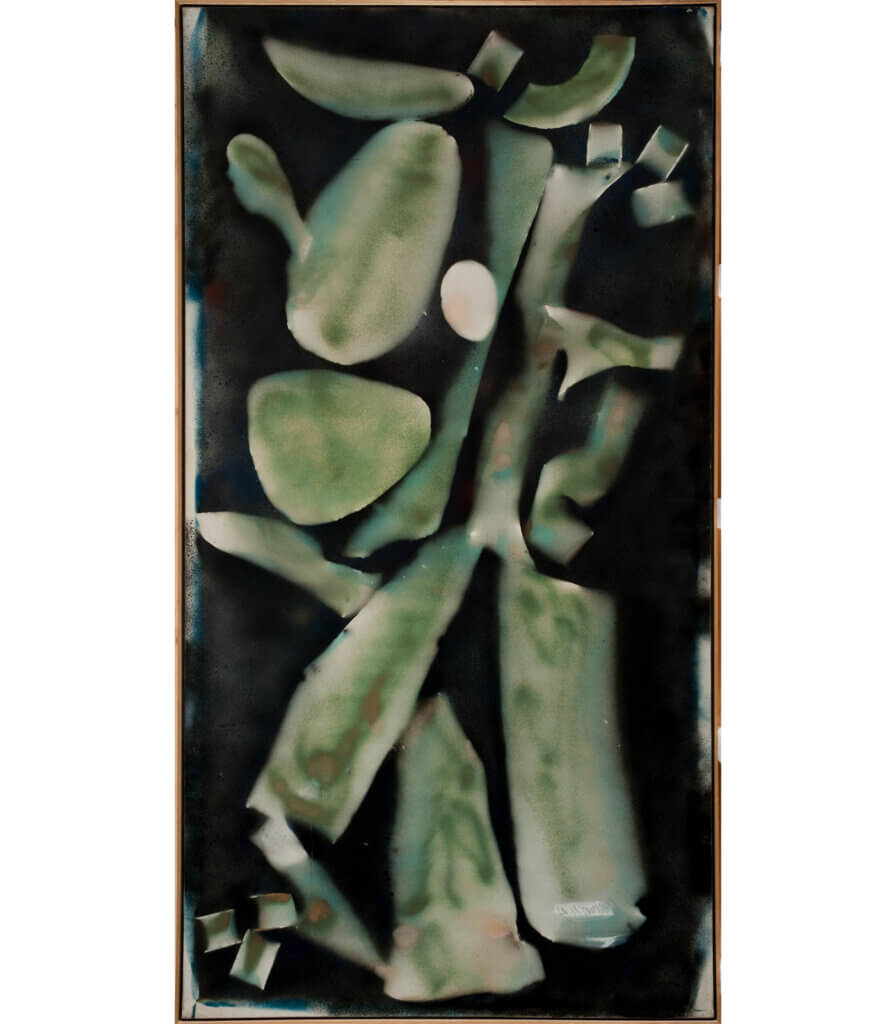

 Scan the image to begin
Scan the image to begin